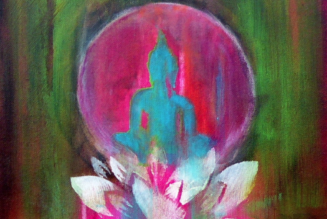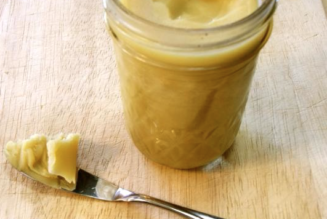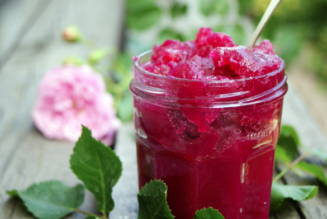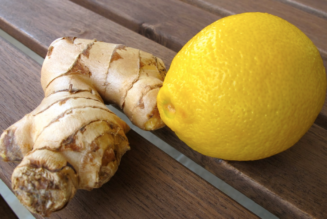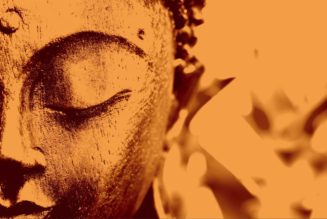Shilajit – The Ayurvedic Mineral
Shilajit is a prominent mineral supplement used in many ayurvedic formulations. The name Shilajit implies victory that comes from this ancient rock and indicates its fantastically high mineral content. Shilajit is found mainly in the Himalayas, Altai and Caucasus mountain regions. It has been reported that Shilajit contains at least 85 minerals making it a highly sought after supplement for many conditions.
Shilajit is a tonic and has diuretic, nervine and antidiabetic effects. It works as a rejuvenative to the urinary system and helps with weight loss by reducing adipose tissues in the body. It is also used in cases of sexual debility as it strengthens the entire reproductive system and has a cleansing effect in instances of excess tissue toxicity. As a mineral pitch, Shilajit works particularly well in cases of osteoarthritis and osteoporosis. It has also been used in treatment of broken bones as it builds both the blood and bone tissues. Because of its special affinity to the blood, Shilajit is also used in situations of anemia and high cholesterol. It works wonderfully well at regulating blood sugar levels and is therefore an important component in the management of diabetes.
Properties:
Shilajit is a heavy, dry compound and has a pungent, bitter and astringent taste. It has a heating effect in the body and its post digestive effect is pungent. It works particularly well on the urinary, reproductive and nervous system. Because of its scraping nature, Shilajit is exceptionally efficient at reducing excess weight and toxins in the body, particularly when due to diabetes.
Great Video By David Wolfe ~ Shilajit – The Destroyer Of Weakness
Some indications, amongst others, include:
· Diabetes
· Hyperglycemia
· Obesity
· Cystitis
· Dysuria
· Incontinence
· Prostatitis
· Impotence
· Spermaturia
· Infertility
· PMS and Dysmenorrhea in cases of weakness
· High cholesterol
· Anemia
· Kidney stones
· Epilepsy
· Hypertension
· Hypothyroidism
Usage:
There are many combination compounds that involve Neem to address certain conditions. Some being:
· Shilajit with amalaki, shatavari and ginger in cases of anemia
· Shilajit with ashwagandha and shatavari in male reproductive issues
· Shilajit with shatavari and licorice for female reproductive issues
· Shilajit with punarnava and guggulu in cases of edema
Contraindications:
As Shilajit has not been adequately tested with regards to usage, care and caution should be practiced when using Shilajit. It is not recommended in cases of pregnancy and lactation. Always seek a physician and practitioner’s guidance.
References:
· Lad, V. (1999). The complete book of Ayurvedic home remedies.
· Sharma, H. (2011). Ayurvedic Healing. Singing Dragon
· Lad, V. (2002). Textbook of Ayurveda. Albuquerque, N.M.: Ayurvedic Press.
· Lad, V., & Frawley, D. (1986). The yoga of herbs
· Pole, S. (2013). Ayurvedic medicine the principles of traditional practice.
· Green, J. (2000). The herbal medicine-makers’ handbook a home manual.
· Lad, V. (2012). Ayurvedic perspectives on selected pathologies
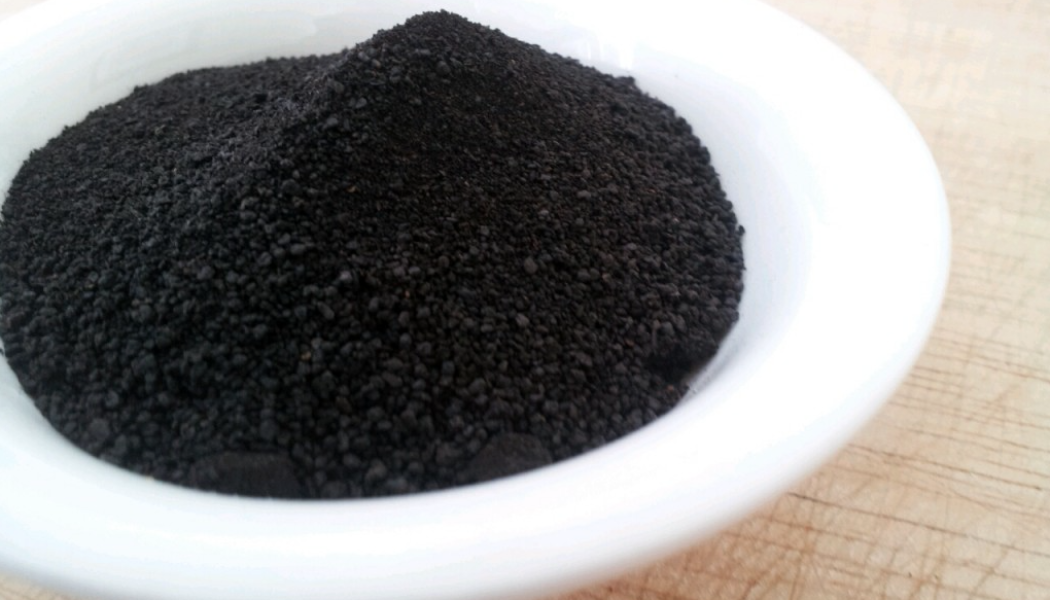
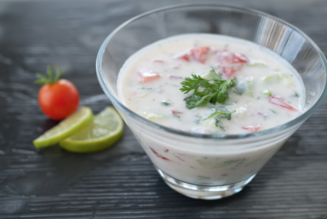
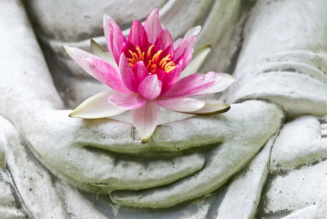
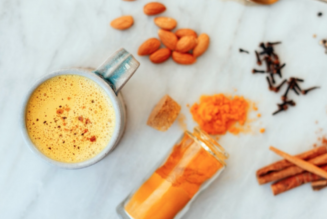
![Female Health: Amenorrhea [cessation of menses] – An Ayurvedic Perspective](https://healthyayurveda.com/wp-content/uploads/2015/07/1.-Amenorhea--327x219.png)
